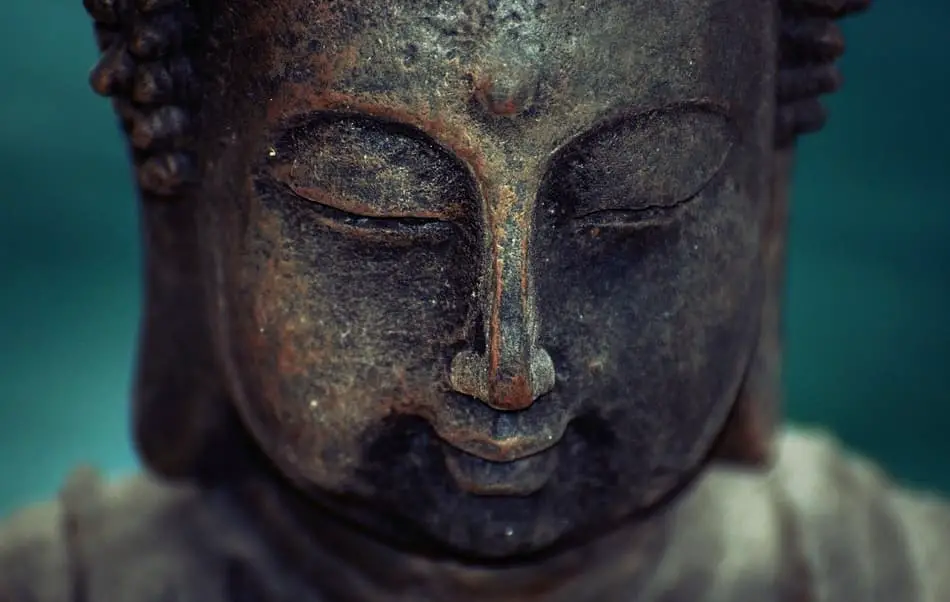My aim in teaching and writing about the internal arts is to increase the number of people who practice and reap the health and wellness rewards. But let’s face it, learning tai chi or any “foreign” art can be incredibly complex and takes time! Not so with the easiest and incredibly beneficial practice of the inner smile meditation. In the internal arts world, it has to be the best combination of easy-to-do and bang-for-your-buck.
The inner smile is a meditation process where a practitioner is trained to hold a smile, slow and deepen the breath, and move mental attention down into the body focusing on the major organs. Modern research now substantiates the findings that altering a person’s face to be rested or smiling improves their disposition.
All you need to get started is an understanding of what the inner smile is and the eight steps needed to add it to you meditation or daily routine. I am also going to share some pretty cool modern research that supports what the Taoists have known for millennia.
What is the Inner Smile Meditation?
The term “Inner Smile” is used in specific meditations where the practitioner smiles and then moves his intention to internal processes such as organs, the digestive system, and the spine. Basically, “smiling down” into the body. This is not an active mental process typically used during the tai chi form but a relaxed “happier” face helps to improve our emotional state.
Dating back hundreds of years we have been instructed on the on the importance of making facial expressions. Statues, texts, and instructions on how to hold our face have accompanied meditative practices throughout the millennia.
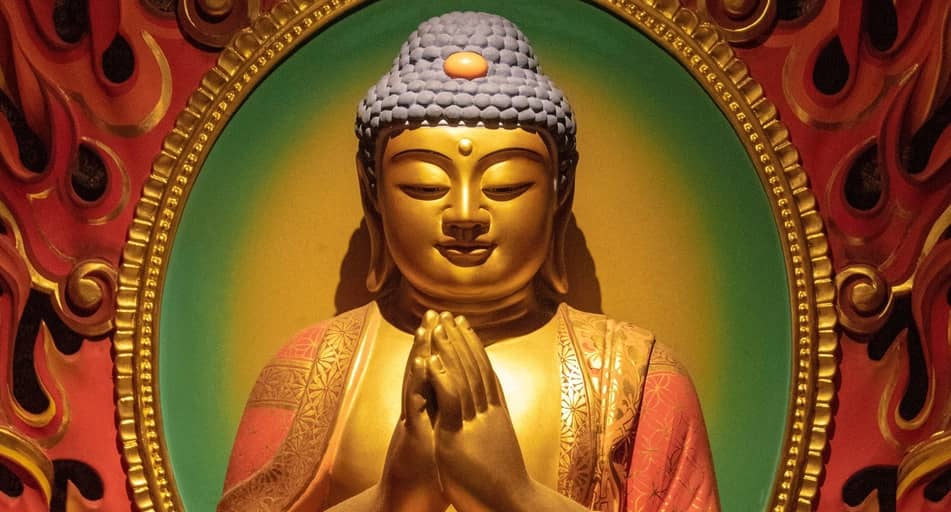
Modern Research Supporting the Power of the Smile
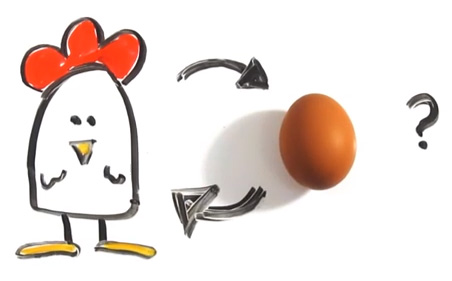
James Laird , a researcher in the 1960s, produced research to answer the question of whether we were happy because we smiled or smiled because we were happy. An emotional chicken-or-the-egg paradigm. Volunteers were led to believe that they were participating in a study about electrical activity in the face. Fake electrodes were placed on the foreheads and cheeks. Participants were asked to move the electrodes on the forehead together and on the cheeks down (frown) or electrodes on the cheeks back (smile). They then rated their emotions. Volunteers tricked into smiling were significantly happier. Several more studies came about that corroborated Laird’s results:
- A study at the University of Michigan used photography as a cover story taking pictures of people saying “ee” or “ooo” to exemplify cheer or disgust. Those who said “ee” (cheese) were happier.
- Psychologists at Washington University attached golf tees to participants eyebrows and asked them to move them down and together (unhappy) or keep them neutral. The neutral group rated itself as happier.
- German researchers told groups that they were studying responsiveness and attentiveness of people who had to manipulate objects with their mouths because they could not use their hands. Group 1 held a pencil between their teeth with their cheeks and lips pulled back. Group 2 held the pencil with their lips constricting the face. They then rated cartoons for how funny they were. Guess who found the cartoons more funny? Constricting your face decreases your enjoyment.
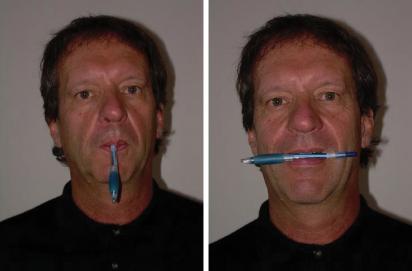
In each instance, James Laird’s results were proven genuine. Ratings of happiness or emotional state after each exercise always favored the smile. Physically manipulating your face into a happy expression caused happiness. Basically, actively producing a smile creates an inner smile. People are often wondering why tai chi leads to mindfulness and just being in a better state and the facial posture is just one of many aspects contributing to the overall good feelings.
How to Perform Inner Smile
Instructions are simple and practice makes it a habit. When practicing, we don’t want to adopt an overzealous look of sheer bliss unless you crave solitude. You don’t want to be “that guy” in the park.
- Relax the forehead
- Relax the brow point which constricts when angry or concentrating
- Soften the eyes
- Retract the cheeks back as though they are heading towards a smile
- Concentrate on trying to hear a sound that is right behind your head
- Relax the neck by pushing up through the crown of the head
- Breathe deep into the stomach
- Slow your breaths to be an even inhale and exhale
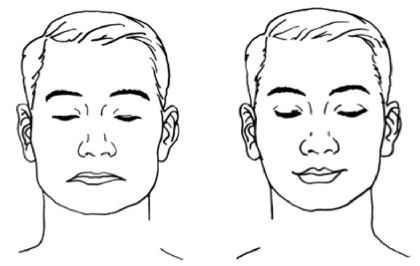
The inner smile can be practiced at any time throughout the day for a few seconds up to a minute. The inner smile meditation can be practiced while in a sitting position for 1-15 minutes and is also practiced before the Microcosmic Orbit Meditation. More detailed instructions can be found in Mantak Chia’s book: Awaken Healing Energy Through The Tao: The Taoist Secret of Circulating Internal Power. If you haven’t heard about this type of meditation before I wrote an introduction to the Microcosmic Orbit Meditation in a separate article.
Some of my Favorite Inner Smile Quotes from Mantak Chia
The Taoists taught that a constant inner smile, a smile to oneself, insured health, happiness, and longevity.
To live with an inner smile is to live in harmony with yourself.
Learn to start each day by smiling inwardly to your vital organs and thanking them for sustaining your life.
Mantak Chia in: Awaken Healing Energy Through The Tao: The Taoist Secret of Circulating Internal Power.
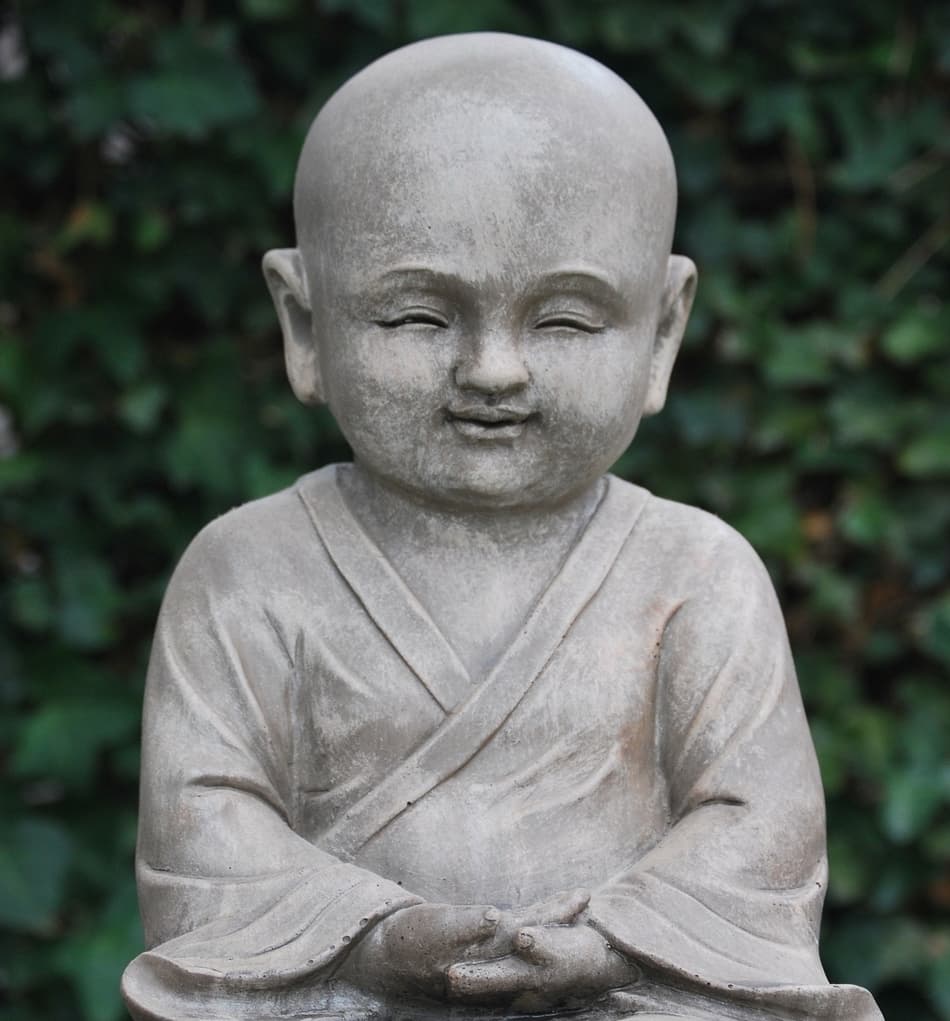
What the Inner Smile Can Do for You
Meditation and the internal arts like tai chi can be seen as being very complex, developed arts but they can also hold incredible knowledge in small simple acts. The inner smile is something that can be practiced during your meditation or tai chi form but is also easy to implement in regular-old life!
Practicing the inner smile during the tai chi form or during your meditation enhances the benefits of what you are trying to accomplish because it helps you move into a calm meditative state and focus on whatever you are doing more effortlessly. During activities like tai chi or yoga, the expectation is that you stay present, stay with anything the body is communicating to you, and working to perfect the movements. The inner smile helps us stay in this space mentally and stay within the body.
Continual practice makes something a habit. The inner smile can be practiced in your car or even at your desk at work. By smiling when you don’t really need it, you will be able to more quickly return to this better place by using the inner smile when you are upset by something. Rather than having an idea about consciousness as something that takes forever to obtain, this is a way we can experience it quickly throughout our day.

References
Here is a really interesting book that highlights William James and his original thoughts on “movement causes emotional response” that lead to physiology driven research. It is a fun and digestible read. The As If Principle: The Radically New Approach to Changing Your Life by Richard Wiseman
Koch, Sabine C. (2011). Basic body rhythms and embodied intercorporality: From individual to interpersonal movement feedback. In W. Tshacher & C. Bergomi (Eds.) The implications of Embodiment: Cognition and Communication (pp. 151-171). Exeter: Imprint Academic.


